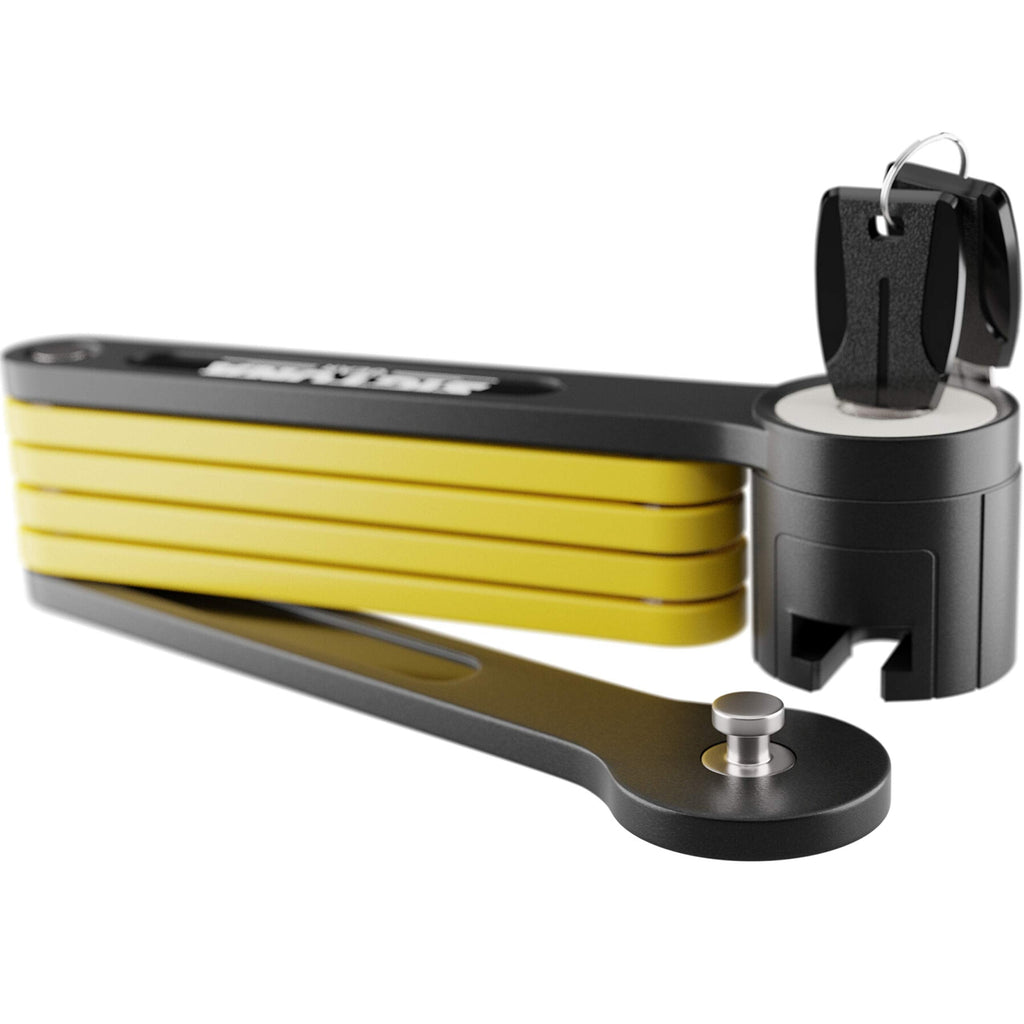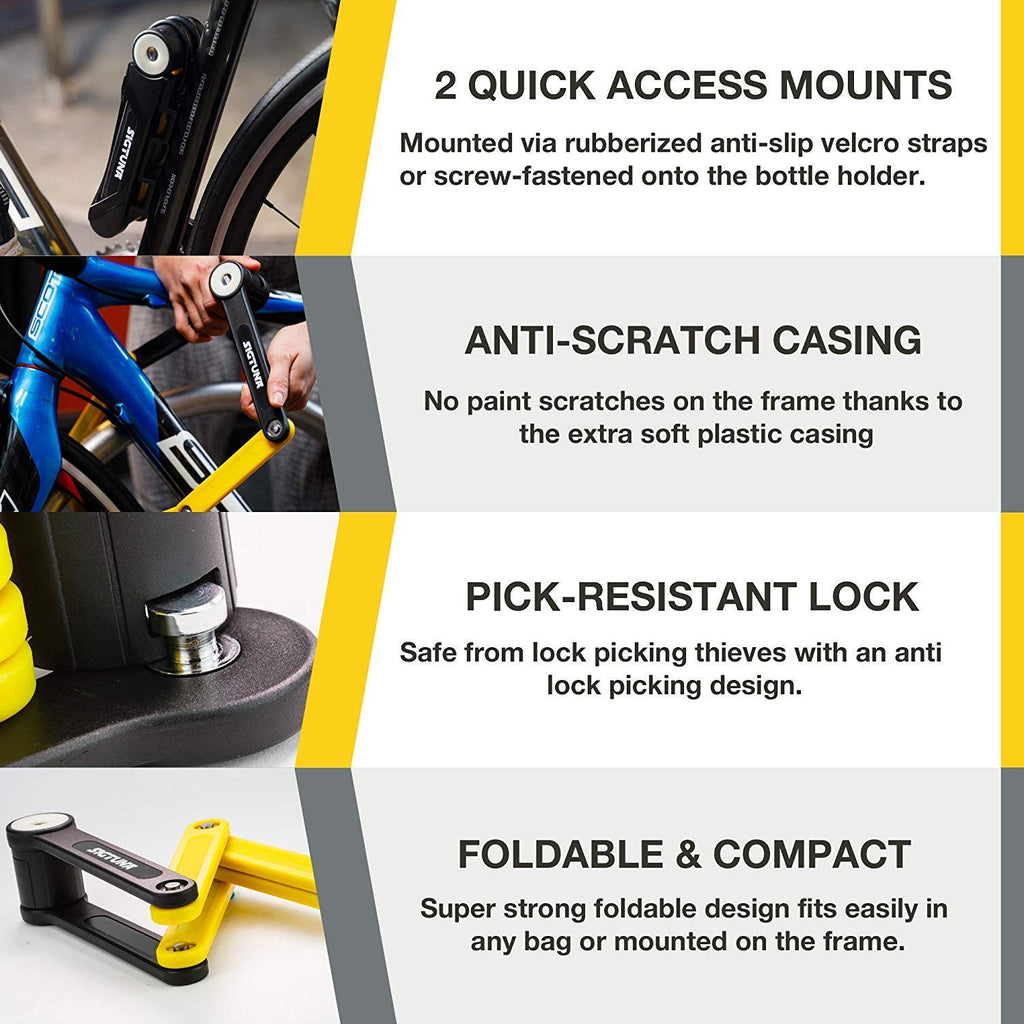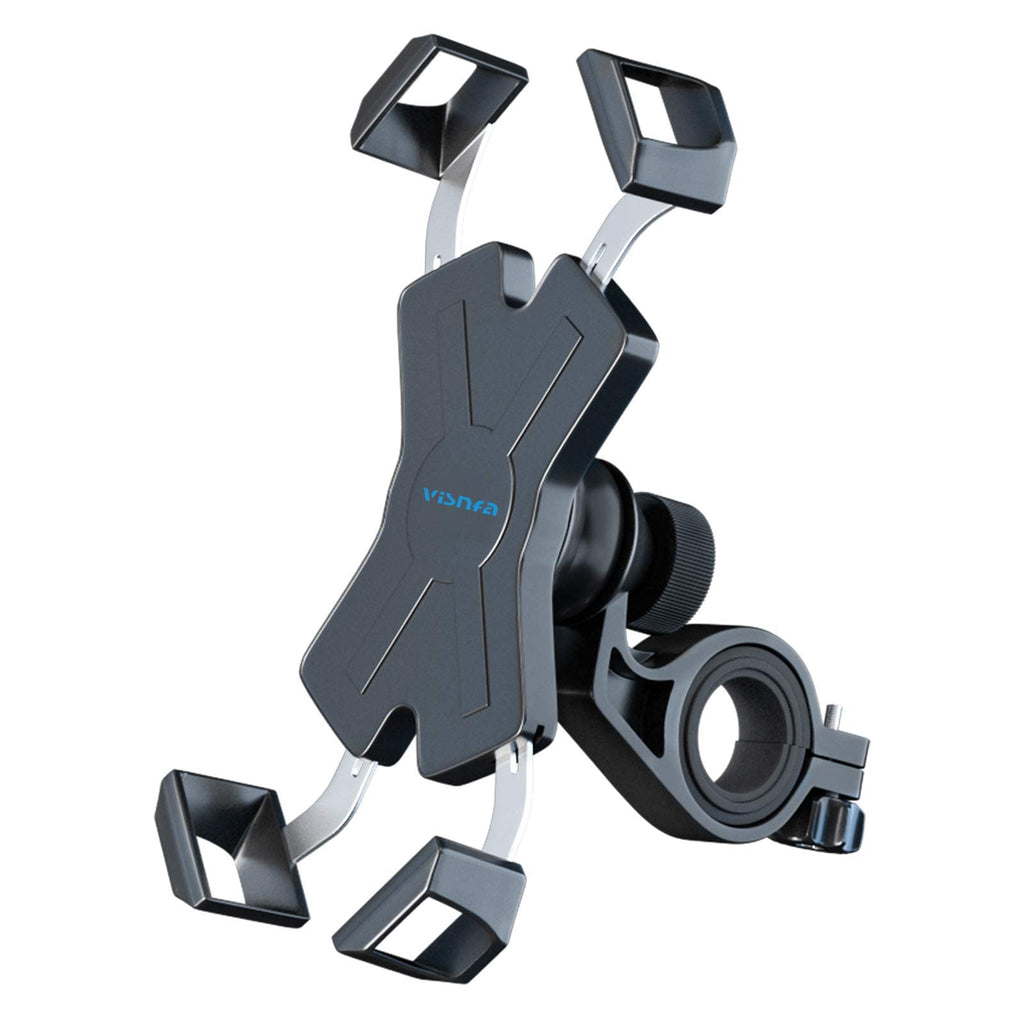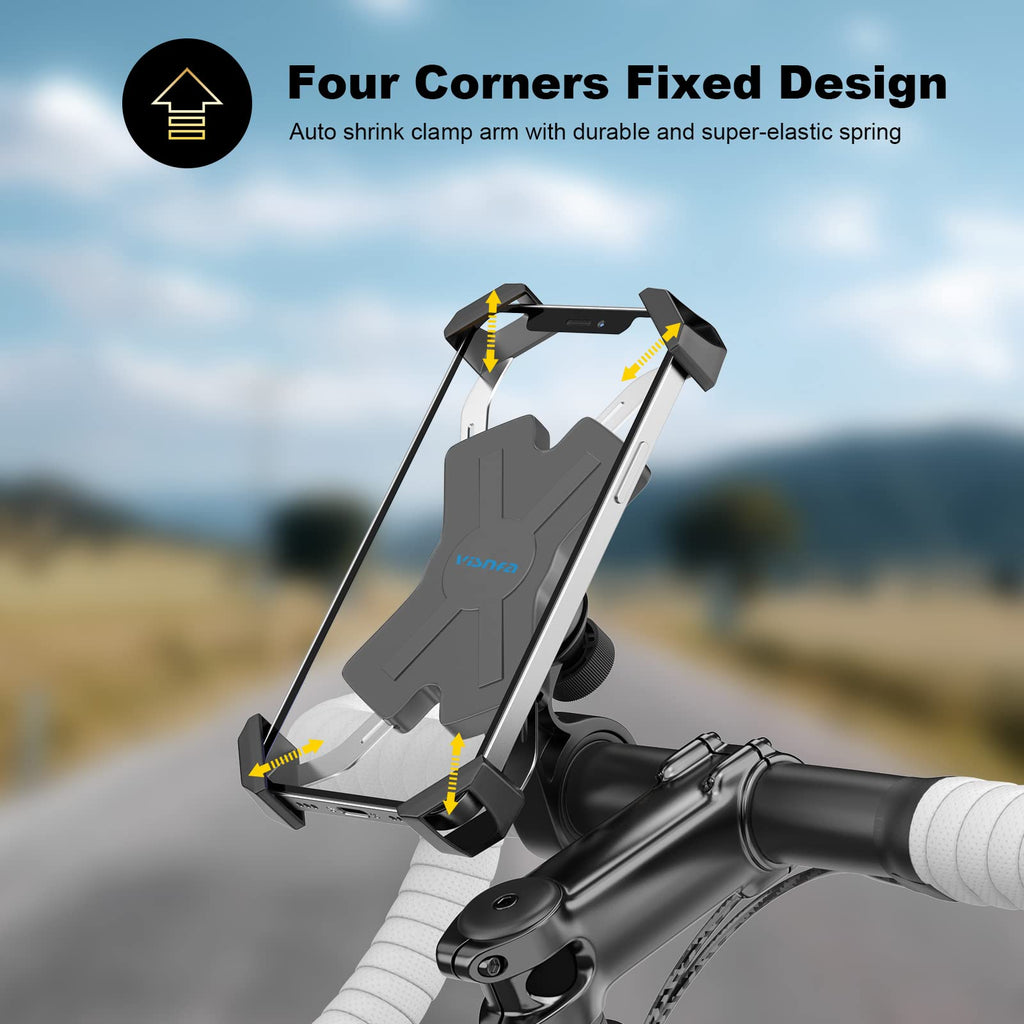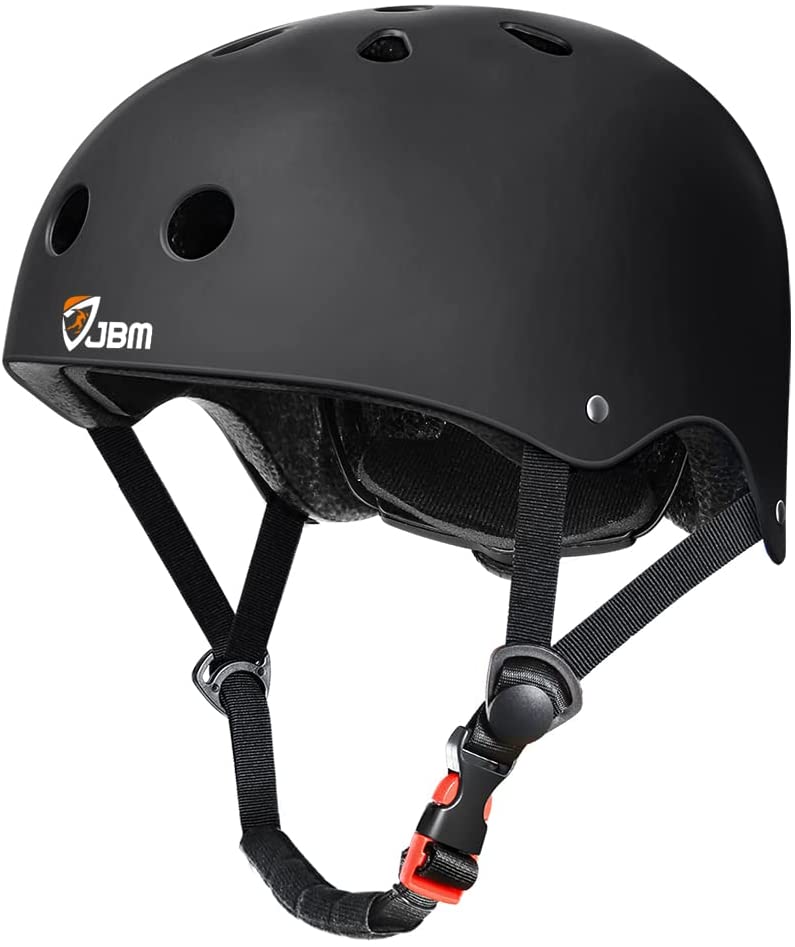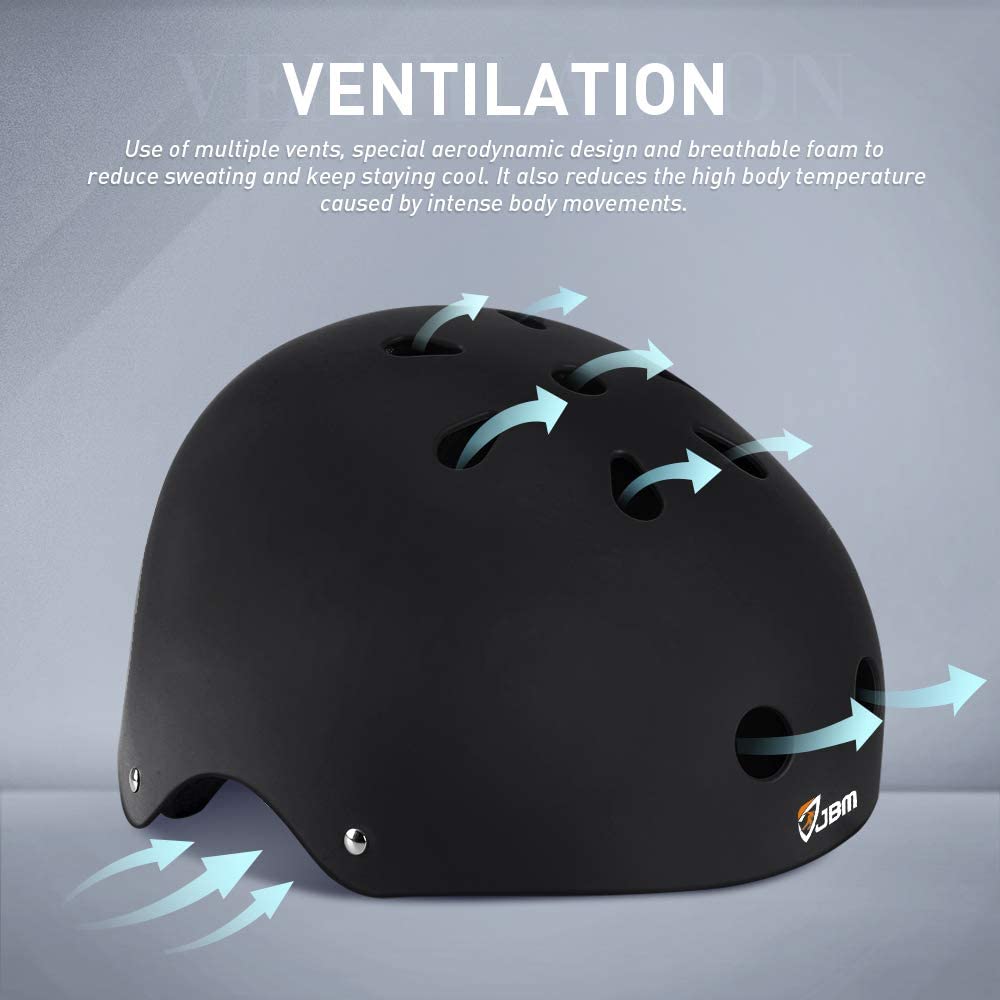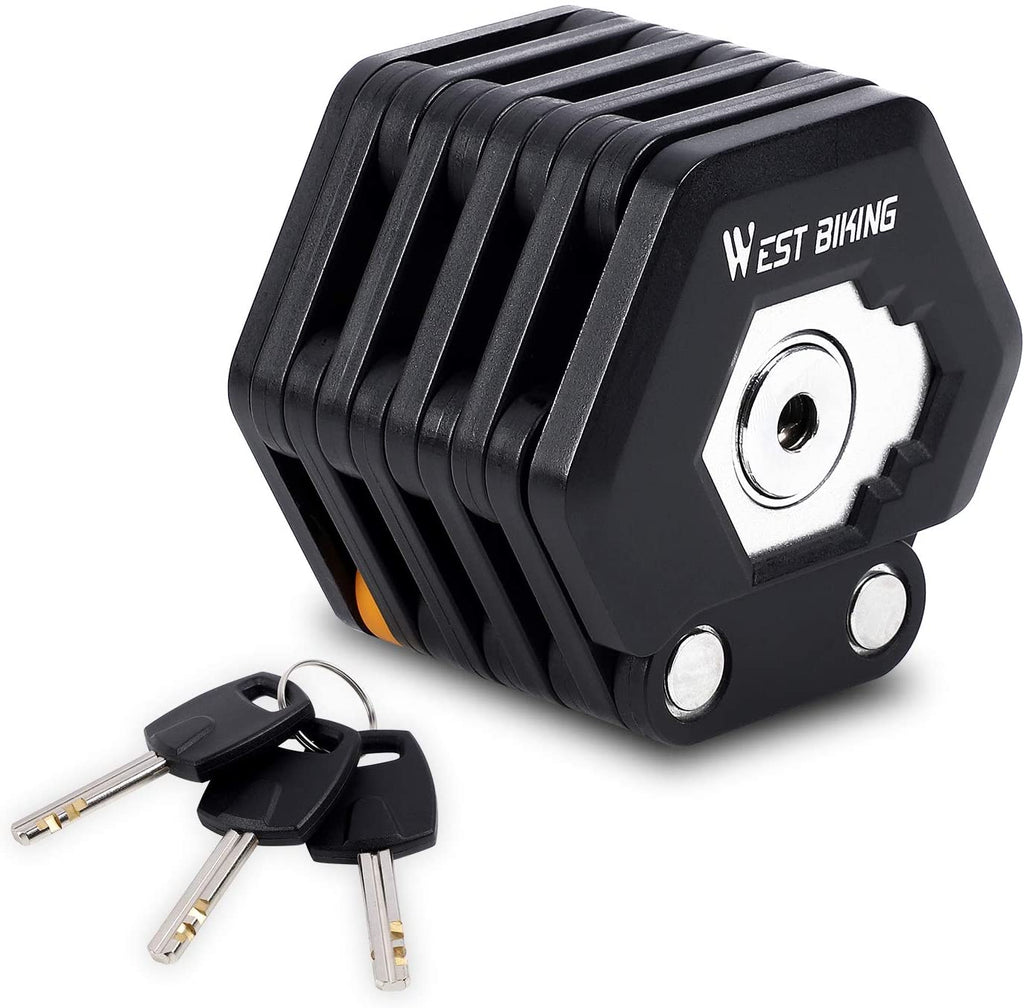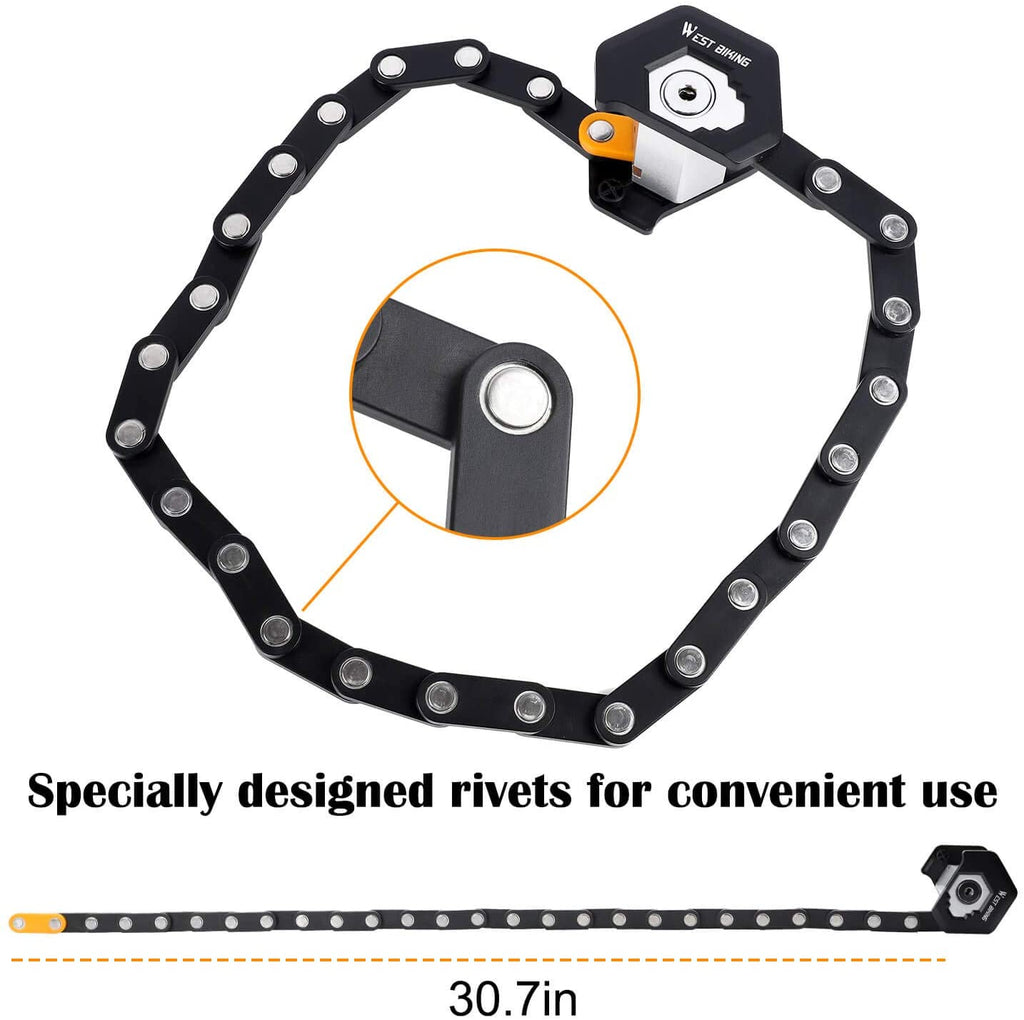Zero 10X Range & Ownership: Real Miles, Charging, Batteries
If your priority is maximum miles per charge at commuter speeds, a high-capacity 52V Zero 10X build offers excellent efficiency and value. If you need more high-speed headroom and stronger hill pace, the 60V Zero 10X scooter feels livelier, just keep your cruising speed disciplined when range is the goal. In both cases, correct Zero 10X tire pressure, smooth pacing, and a healthy charging routine will add more usable miles than any single spec on the box.
For more understandings, you can explore the pillar page, ZERO 10X Electric Scooter: Specs, Power, Range & Real-World Guide

How Far Can the Zero 10X Go? Range at 20 / 25 / 30 mph
1) The variables that actually move range
-
Energy on board:
Watt-hours (Wh) = voltage × amp-hours.
Common Zero 10X packs include 52V 18Ah (936 Wh), 52V 23Ah (1,196 Wh) and 60V 21Ah (1,260 Wh). More Wh = more potential distance.
-
Cruising speed & wind: air drag grows rapidly as speed rises; holding 30 mph costs much more energy per mile than 20 mph, especially into a headwind.
-
Mass & terrain: rider + cargo weight, hills, stop-start traffic.
-
Tires & setup: tire pressure, tread, wheel true, brake rub, bearing condition.
-
Temperature: cold batteries deliver fewer usable Wh; very hot days can trigger protective limits.
2) Test-loop method so anyone can replicate your numbers
-
Course: pick a flat loop of 2–3 km (or an out-and-back segment) with minimal intersections.
-
Preparation: set Zero 10X tire pressure based on rider weight; note ambient temperature and wind.
-
Protocol: ride three steady segments at 20, 25, and 30 mph for 10–15 minutes each. Log speed, distance, and battery % drop (or Wh if you have a meter.
-
Repeat: run the loop twice and average. Keep a simple log so later changes to tires, bearings, and weather are comparable.
3) Expected ranges at real speeds; transparent, audit-ready
We model range using
Range ≈ Battery Wh ÷ consumption (Wh/mi)
and present mi / km.
-
25 Wh/mi at 20 mph
-
30 Wh/mi at 25 mph
-
40 Wh/mi at 30 mph
A) 52V 18Ah (936 Wh)
-
20 mph: 37 mi / 60 km
-
25 mph: 31 mi / 50 km
-
30 mph: 23 mi / 38 km
B) 52V 23Ah (1,196 Wh)
-
20 mph: 48 mi / 77 km
-
25 mph: 40 mi / 64 km
-
30 mph: 30 mi / 48 km
C) 60V 21Ah (1,260 Wh)
-
20 mph: 50 mi / 81 km
-
25 mph: 42 mi / 68 km
-
30 mph: 31 mi / 51 km
What the percentages mean for owners
-
Dropping cruising speed from 30 to 25 mph can save ~25% energy per mile.
-
Dropping from 25 to 20 mph can save another 17% per mile.
Tiny habits like speed discipline, tire pressure, avoiding brake rub routinely unlock 10–20% more range without changing hardware.
4) Five proven ways to extend range
-
Cruise a touch slower: hold 20–22 mph when you’re planning long legs.
-
Set PSI correctly: stay within the 40–55 PSI band for 10×3″ road tires, tuned to rider weight. Under-inflation is a silent range killer.
-
Eliminate drag: true wheels, fresh bearings, calipers centered; no rub, deck clear of anything rubbing the tire.
-
Ride smoother: anticipate lights, keep the throttle steady; bursts to max speed are expensive.
-
Travel lighter & narrower: reduce frontal area backpack over wide baskets, keep a tidy riding stance.
5) Charging habits that protect the pack and your time
-
Time math (rule of thumb):
Charging hours ≈ Amp-hours ÷ charger amps.
Examples with a 2A charger: 18Ah ≈ 9 h, 23Ah ≈ 11.5 h, 21Ah ≈ 10.5 h.
Higher-current fast chargers reduce time, use only model-appropriate chargers and stay within rated limits.
-
Daily routine: for commute duty, cycling roughly 20–85% is gentler on cells than full 0–100% swings.
-
Thermal care: avoid charging when the pack is very hot or near-freezing. Let it normalize first.
-
Parallel ports: if your Zero 10X supports dual charging, use two matched chargers from reputable sources. never exceed the recommended total current.
52V vs 60V: Which Zero 10X Battery Fits Your Ride?
1) Voltage basics: why they feel different
Voltage is the system’s pressure. For the same power, a 60V system draws less current than 52V, reducing heat for a given output. In practice, 60V trims feel more eager at higher speeds and hold pace better into hills and headwinds, assuming the same rider and road.
2) Speed vs. torque: seat-of-the-pants reality
-
52V Zero 10X: excellent all-rounder; efficient at commuter speeds; plenty of punch up to the high-20s/low-30s mph.
-
60V Zero 10X: stronger torque reserve and better speed-holding once you’re above ~25 mph or facing grades. It rewards riders who want extra headroom for overtakes or hilly terrain.
3) Range trade-offs: Wh, not voltage, sets the ceiling
Range scales with total watt-hours, not voltage alone. A 60V 21Ah (1,260 Wh) pack may slightly out-range a 52V 23Ah (1,196 Wh) at the same riding speed, but if you ride faster simply because the scooter feels stronger, you can give that advantage back. Choose based on energy (Wh) and your habitual cruising speed.
4) Charger time what to expect in the real world
-
52V 18Ah: 9 h on a 2A charger; 5 h on a typical higher-current fast charger follows manufacturer guidance.
-
52V 23Ah: 11.5 h on 2A; proportionally less with a fast charger.
-
60V 21Ah: 10.5 h on 2A; again, faster with a rated higher-amp unit.
Use only chargers designed for your voltage and connector standard.
5) Buyer scenarios: Quick, confident picks
-
Urban commuter, value and miles per charge: 52V 23Ah, great Wh per dollar; excellent at 20–25 mph.
-
Hilly routes or frequent 25–30 mph cruising: 60V 21Ah, more torque at speed; ride a notch slower when range matters.
-
Long-range days, fewer stops: whichever option gives you the largest Wh your budget allows; consider a second (rated) charger for mid-day top-ups.
